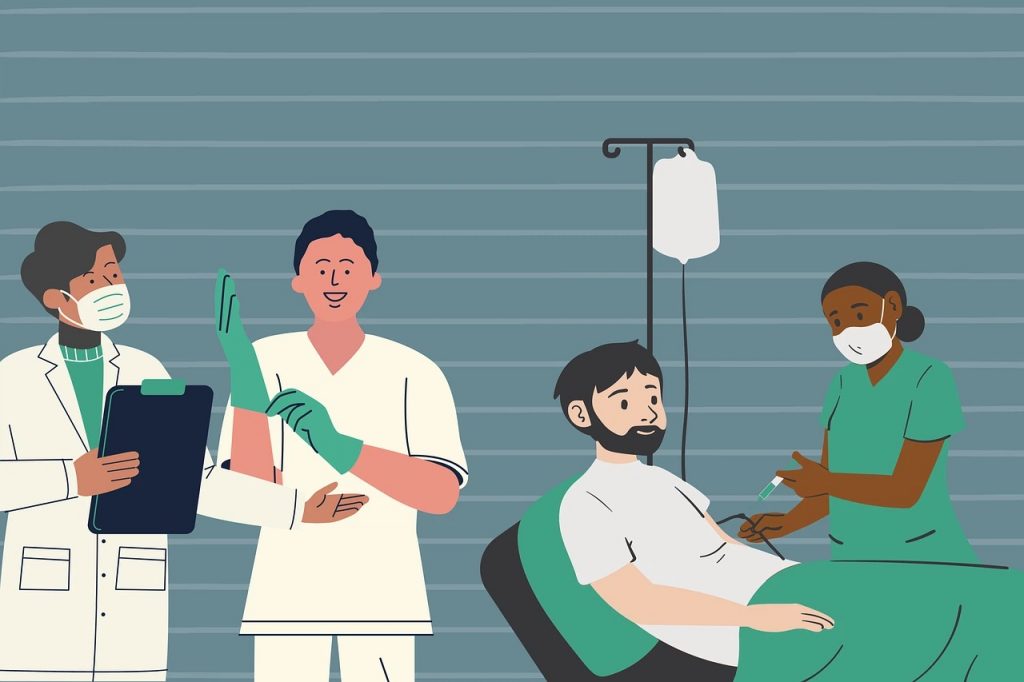
GUEST POST from Arlen Meyers, M.D.
Biomedical and health entrepreneurship continues to expand around the world. Driven by global pressures to optimize the allocation of scarce resources, life science bioentrepreneurs are creating innovative products, platforms, service and systems that deliver more value. As a result, the demand for biomedical and health professional entrepreneurial talent has increased and biomedical and health innovation and entrepreneurship education and training (BEET) programs are growing to fill the gap.
Authors of a 2019 analysis of 171 allopathic medical schools conducted an exhaustive search of the published literature and websites of existing medical school innovation and entrepreneurship (MS I&E) programs, with an emphasis on answering the following three questions:
1. How are I&E programs organized and integrated with the medical school curriculum?
2. What are the core competencies of the I&E program?
3. How are the core competencies measured/evaluated?
Twenty-eight I&E-oriented medical education programs were identified from 26 schools; all of the programs integrated faculty leadership with backgrounds in medicine, engineering, and/or business/entrepreneurship. Of the programs, 57% (16/28) had been launched within the past four years and 75% (21/28) based program enrollment on a selective application process. Nearly all (27/28) incorporated lecture series and/or hands-on modules as a teaching technique. The most prevalent metric was completion of a capstone project (22/28; 79%). At least 15.2% (26/171) of American and Canadian allopathic medical schools include the option for students to participate in an I&E curriculum-based program.
In a few short years, educational offerings in MS I&E have accelerated, in part due to the impact of the COVID pandemic. Trends include:
- Sharing lessons learned teaching medical students innovation and entrepreneurship
- Experimenting with various program business models
- Creating medical student entrepreneurs
- Rethinking MS I&E
- Designing a curriculum map and defining learning objectives, entrustable professional activities and knowledge,skills, abilities and competencies
- Mentoring and guiding medical students
- Offering non-clinical-career options
- Providing exit ramps
- Rethinking how we select medical students
- Resetting the future of academic medical center work
- Using principles of medical education reform and what we should be teaching in MedEd 2030
- Training MS I&E faculty
- Encouraging interprofessional and transdisciplinary entrepreneurship programs
- Integrating premed, medical student and postgraduate programs
- Encouraging life-long learning
We should teach innovation, entrepreneurship and the business of medicine in medical schools, not MD/MBA programs. MBE programs are a better option for those interested in getting an idea to a patient.
Here are the many reasons why physician entrepreneurship is important and why we are likely to see more of the international design, development and deployment of MS I&E programs in both allopathic and osteopathic schools as well as other health professional schools, including nursing, pharmacy and public health schools. Ultimately, as a result, patients and sickcare systems will be the beneficiaries and doctors will be better and happier.
Image credit: Pixabay
![]() Sign up here to get Human-Centered Change & Innovation Weekly delivered to your inbox every week.
Sign up here to get Human-Centered Change & Innovation Weekly delivered to your inbox every week.
 Drum roll please…
Drum roll please…

